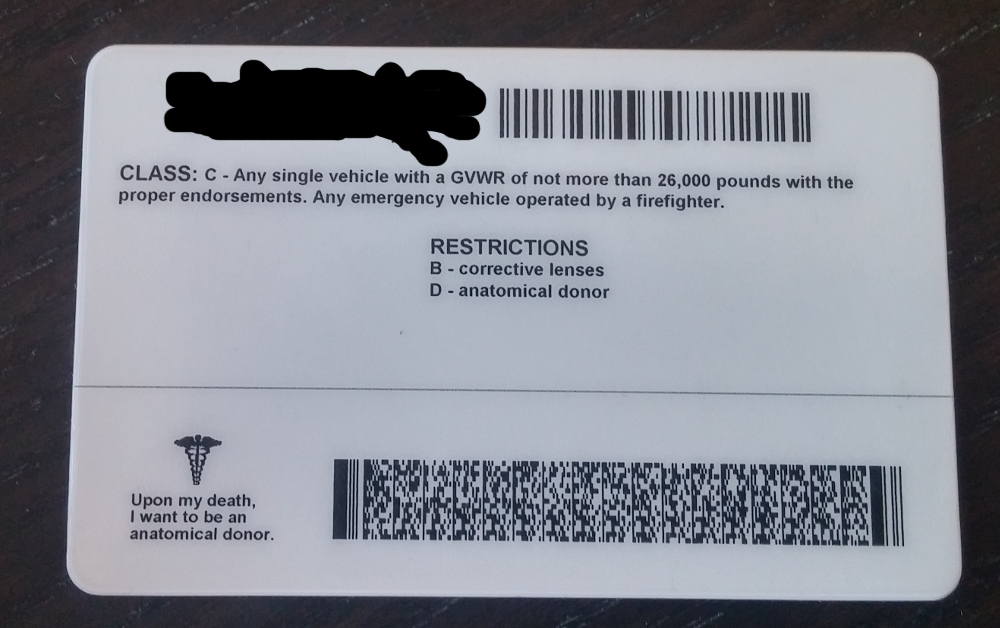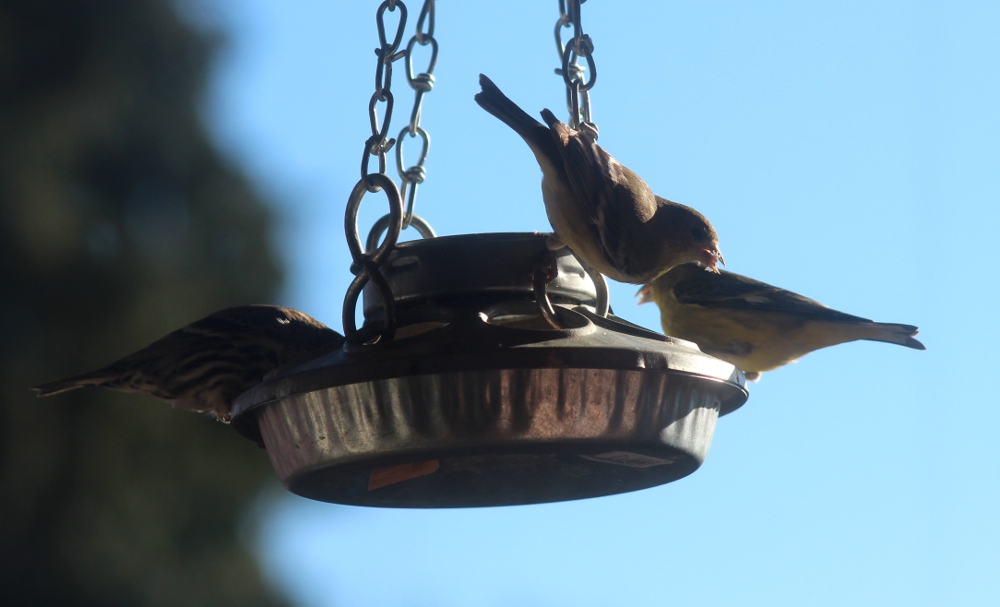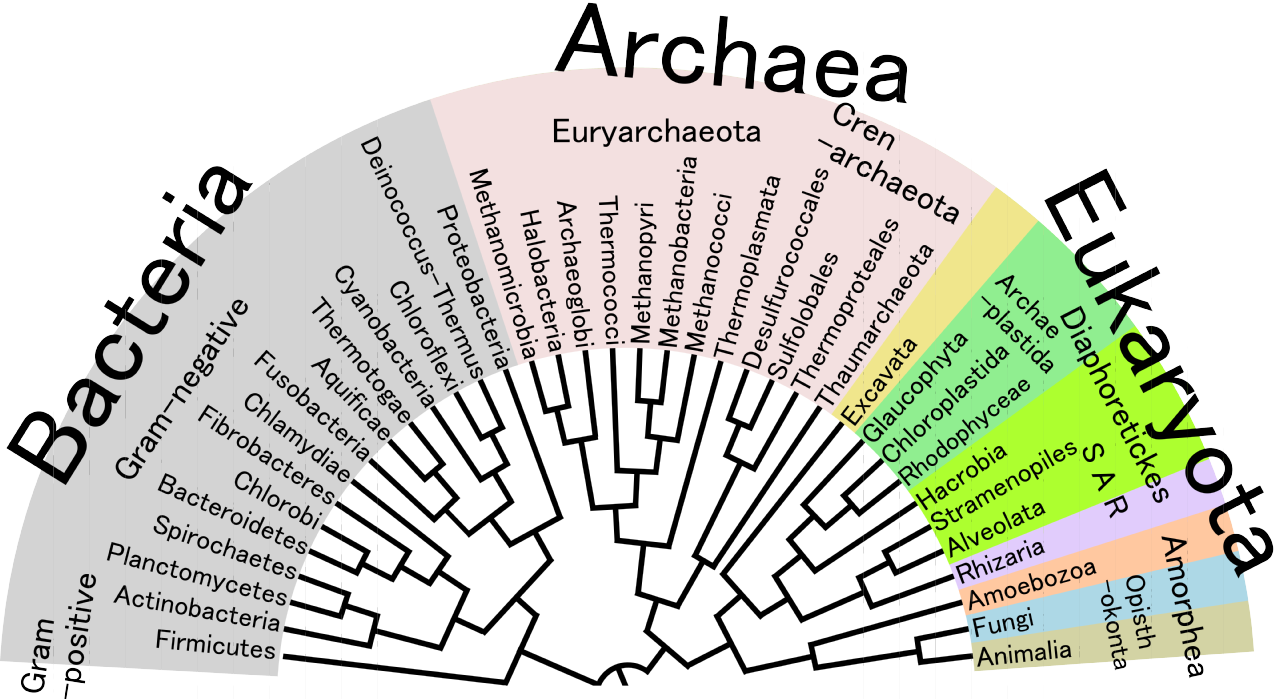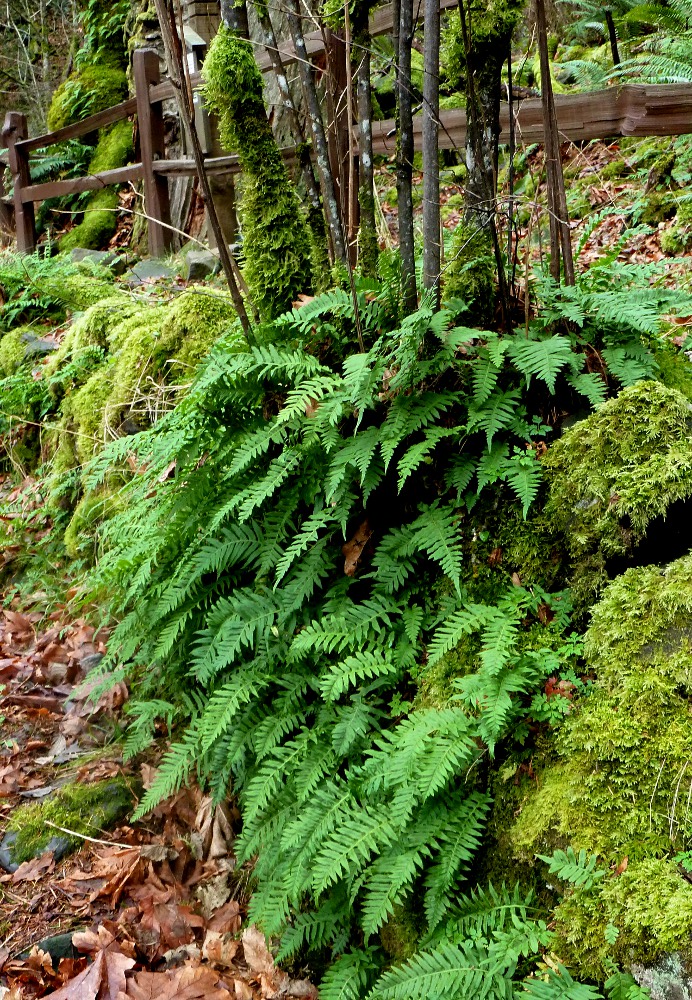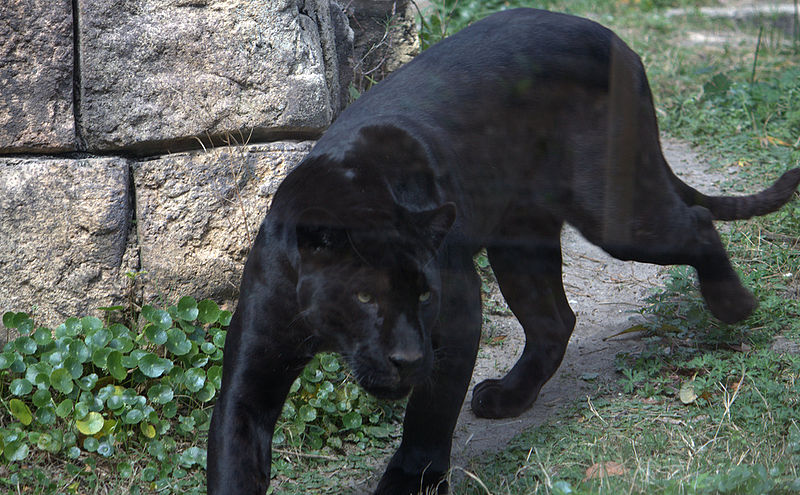“Has anyone else been feeling weird vibes lately?”
“Am I the only one feeling the energy shifting here?”
“Three other people I know have gotten bad news in the past week. It must be a sign!”
“The full moon must be making everyone crazy.”
“Flat tire? Opossum attack? Breakup? Collapsed souffle? Must be Mercury retrograde again.”
“Man, I’ve just been feeling so worn out lately. Anyone else feel like the energy is being sucked out of you?”
“I don’t know, I just got a bad feeling and have been sad ever since, it must be because the energy is really weird!”
It’s time to pick up the thread I started earlier this year with my post Dear Pagans: Please Stop Abusing Science. In it I skewered a few patterns I’ve seen in paganism (and the New Age, etc.) like trying to prove magic exists with shoddily-designed experiments. One of the tools I use to critically think about my spirituality is the concept of confirmation bias, which is when people look for evidence that supports their claim while ignoring anything that doesn’t, even if they aren’t conscious of the fact they’re doing it.
Confirmation bias is at the heart of a phenomenon I’ve seen a LOT in my twenty years of paganism. What typically happens is one person will say something that boils down to “Hey, has anyone else been getting weird/negative/etc. vibes in the energy lately?” And then a bunch of other people chime in and say “Yeah, the energy has been really off the past few days/weeks/month.” Sometimes there’ll be an excuse given like Mercury retrograde or the full moon, or something more nebulous like veils thinning or energy shifting.
My response is generally: Well, yes–of course if you ask a big group of people if they’ve been feeling particularly sad, or angry, or happy lately, you’re going to get a bunch of them saying yes. There are 7.5 billion people on the planet. There will always be millions upon millions of people who are experiencing basically the same thing you are right this moment. Even in your own city/town/county you can likely find hundreds if not thousands of people who just happen to be in a similar emotional state as you. And this is true all of the time.
Moreover, I’m willing to bet you dollars to doughnuts that there are as many miscommunications and other unfortunate events going on when Mercury is direct as when it’s retrograde. We just expect Mercury retrograde to bring problems, and so we actively seek them out (if not consciously) because of our old friend confirmation bias. As to that old idea about the full moon having negative effects on behavior? There is absolutely no solid evidence that there’s any truth to it (remember, anecdotes don’t count because they’re rife with conformation bias, even if they come from emergency room workers and the like.) (For what it’s worth, there’s no solid evidence linking menstruation to lunar cycles, either, even in people who live away from artificial light.)
“But–but–lots of pagans I asked are feeling weird stuff right now!” Okay, so did you also ask how many weren’t feeling anything weird? How many didn’t say anything because they felt they didn’t have anything to add? Did you ask people who aren’t pagans? A bunch of anecdotes do not add up to anecdata, your sample size is too small and self-selected, you lack a control group, and I guarantee that if you repeat your “experiment” over and over again, you’re always going to get about the same number of people saying “yeah, I also feel sad/happy/angry” at the same time, no matter the circumstances or what you think the energy is up to, because there are always people in your vicinity/social circle/etc. who feel the same way you do at any given time.
Look, yes, zeitgeist is a thing; it’s a natural occurrence when you have thousands or millions of humans in contact with each other all trading social memes and other communications. Certain patterns of behavior and belief and other markers of culture are bound to come up again and again. And yes, I know that the primary source on synchronicity, Jung, was a highly respected individual in the field of psychology, which supposedly lends his theory of acausal connections some weight.
But neither of these is a reason to skip the search for a more mundane causality for what you yourself are feeling on a more personal, immediate scale, especially if it’s something like feeling good one minute and then all of a sudden feeling down. Why not respond to unexpected emotional changes by considering much more likely mundane explanations? “Hmmm, I feel kind of blah. When’s the last time I ate? Did I get enough sleep? Has someone I live with been kind of pissy lately and stressed the entire household out? Maybe I just have some kind of weird temporary hormonal shift that’s affecting my mood?” (By the way, people of all sexes and genders have hormonal cycles that can and do affect emotions.)
It’s okay to want to not feel alone in your thoughts and feelings. But remember that we humans share a lot of common experiences. We share joy, and sorrow, and anger, and fatigue. We share weird blips in our neurochemistry that can bring on what feel like unexpected mood swings. When we are hit by a daily barrage of negative news media and other exhausting input, then yes–it’s normal for our systems to get overloaded, even if we aren’t conscious of it happening at the time. And it’s natural for us to feel empathy for others in the same situation we’re in: welcome to being a social species of ape. We evolved this connection to each other over millions of years, and we share it with lots of other species, too.
If you want to adhere to a principle created by a famous white guy from Europe, set aside Jung’s synchronicity and take a look at Occam’s Razor: the simplest explanation for a situation or phenomenon is the most likely. The more direct evidence you have and the fewer assumptions and leaps of faith you have to make, the better. And when you find the actual source of the problem you can then do something about it. Talking to a bunch of people online about how you all feel sad today can help you feel better in that you don’t feel so alone and you get a chance to talk about what you feel, but it won’t necessarily get rid of the original cause of your sadness. If you still feel off, you might be a little depressed or tired, your hormones might be a bit wonky–or you might just need a sandwich and some water. Either way, know that no matter what you’re going through, there are other people facing the same challenges right this moment, and that what you’re going through is likely normal and okay.


